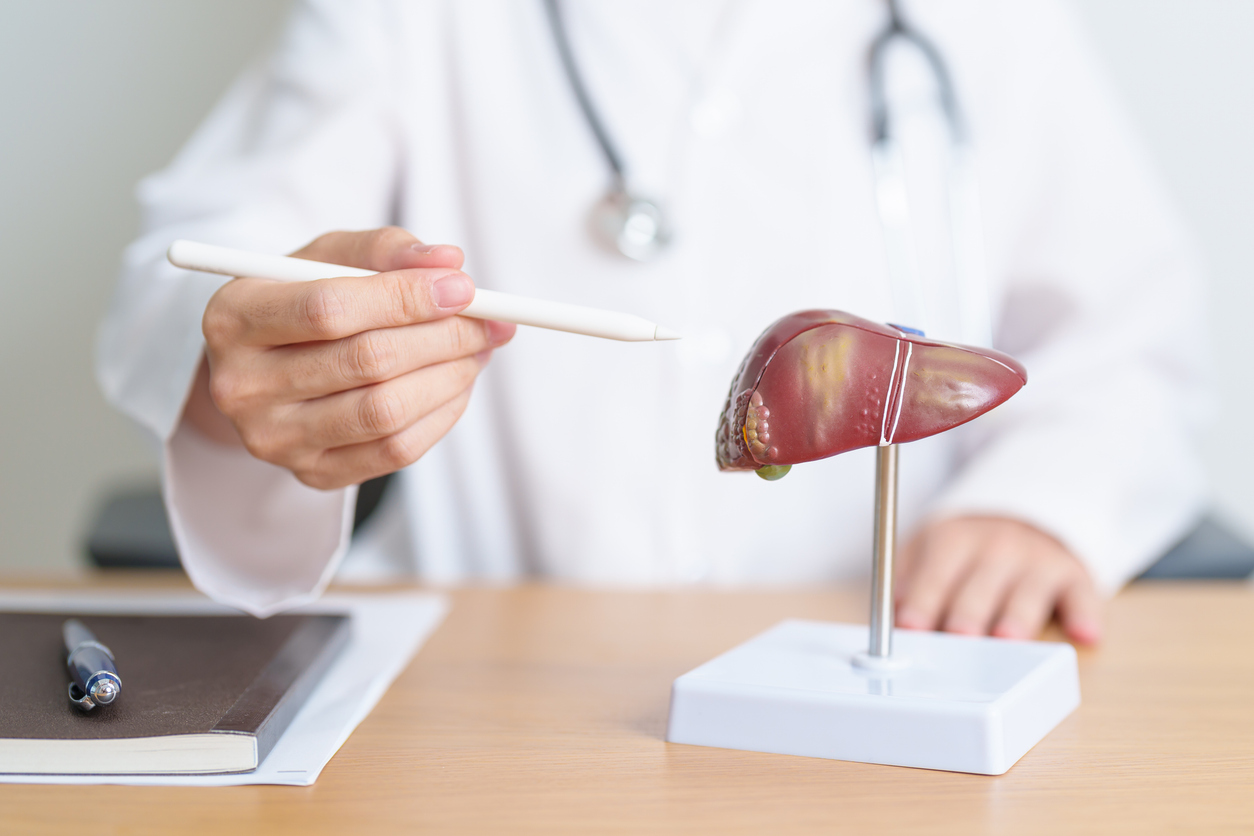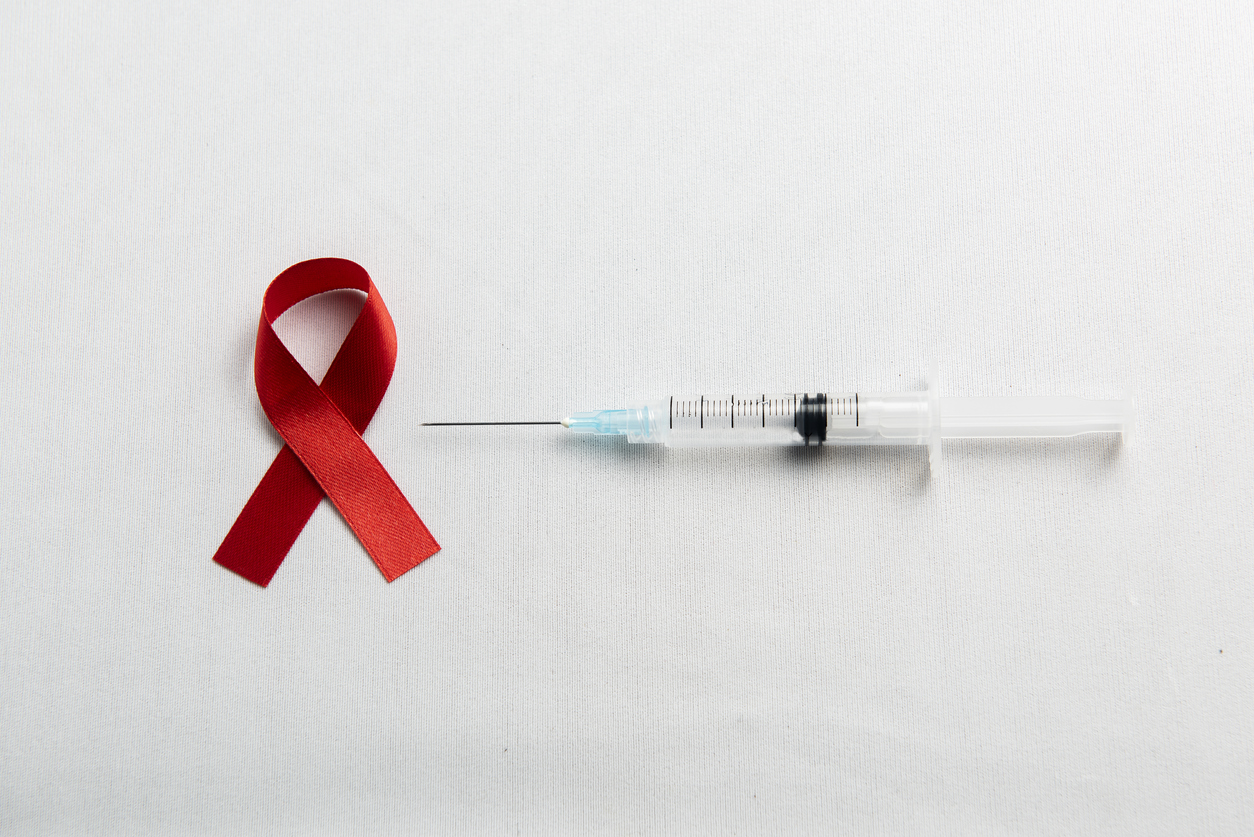2025-07-31
The silent face of autoimmune liver diseases
Infectiology
By Ana Espino | Published on July 31, 2025 | 3 min read
#Hepatitis #Immunity #Autoimmunity #HepaticFibrosis
Hepatic fibrosis is a common, progressive, and often silent complication of autoimmune liver diseases (AILD), including primary biliary cholangitis (PBC), autoimmune hepatitis (AIH), and primary sclerosing cholangitis (PSC). These conditions are characterized by chronic inflammation that causes liver damage, which progresses to fibrosis and eventually cirrhosis in the absence of effective treatment.
Diagnosis and monitoring of fibrosis still often rely on liver biopsy, despite its limitations: invasiveness, inter-observer variability, and lack of reproducibility over time. Non-invasive assessment of fibrosis has therefore become a key challenge for safer, more precise, and better-targeted management.
The main challenge is to predict fibrosis progression without resorting to invasive methods, while identifying high-risk patients requiring intensified therapy. In this context, this study was initiated to provide an updated synthesis on fibrosis mechanisms in AILD, the non-invasive tools available for its evaluation, and current and emerging therapeutic options.
For this work, recent clinical and experimental studies on hepatic fibrosis in autoimmune liver diseases (PBC, AIH, PSC) were reviewed. The analysis focused on three main areas: the pathogenic mechanisms of fibrosis, non-invasive evaluation methods including serologic scores, elastography, and emerging biomarkers, and the impact of treatments on fibrosis progression. Comparative data allowed the assessment of diagnostic performance and therapeutic responses based on fibrosis stage.
From a pathophysiological perspective, fibrosis results from chronic activation of hepatic stellate cells and portal fibroblasts under persistent stimulation by pro-inflammatory cytokines. Molecular patterns differ by disease: in PBC, fibrosis is often periportal; in PSC, it is more concentric and peribiliary; in AIH, it is mainly lobular.
Non-invasive evaluation currently relies on several complementary approaches. Serologic scores (APRI, FIB-4, ELF) demonstrate moderate utility, though their performance remains limited in AILD. Elastography (FibroScan, ARFI, MRE) has emerged as a preferred tool, particularly for PSC. Emerging biomarkers such as microRNAs, fecal calprotectin, and transcriptomic signatures may further refine risk stratification.
Therapeutically, ursodeoxycholic acid remains the mainstay for PBC and PSC, though it is insufficient for about one-third of patients. Second-line agents (obeticholic acid, fibrates, budesonide, immunosuppressants) are either in development or pending approval. The current goal is to combine autoimmune inflammation control with direct modulation of fibrogenesis.
Autoimmune liver diseases carry a high risk of silent, progressive fibrosis. The current dual challenge is to detect fibrosis progression early and to tailor therapeutic strategies without systematic reliance on biopsy.
This review highlights major advances in understanding fibrogenesis mechanisms and the emergence of reliable non-invasive tools. While elastography is already a relevant alternative, the future lies in integrative approaches combining imaging, serologic biomarkers, and molecular signatures.
The future management of fibrosis in AILD will rely on the development of precision medicine based on validated non-invasive tools and dynamic markers. These approaches will enable closer monitoring of fibrosis evolution and earlier treatment adaptation, taking into account the diversity of clinical profiles and individual responses.
About the author – Ana Espino
As a scientific writer, Ana is passionate about bridging the gap between research and real-world impact. With expertise in immunology, virology, oncology, and clinical studies, she makes complex science clear and accessible. Her mission: to accelerate knowledge sharing and empower evidence-based decisions through impactful communication.
#Hepatitis #Immunity #Autoimmunity #HepaticFibrosis
Hepatic fibrosis is a common, progressive, and often silent complication of autoimmune liver diseases (AILD), including primary biliary cholangitis (PBC), autoimmune hepatitis (AIH), and primary sclerosing cholangitis (PSC). These conditions are characterized by chronic inflammation that causes liver damage, which progresses to fibrosis and eventually cirrhosis in the absence of effective treatment.
Diagnosis and monitoring of fibrosis still often rely on liver biopsy, despite its limitations: invasiveness, inter-observer variability, and lack of reproducibility over time. Non-invasive assessment of fibrosis has therefore become a key challenge for safer, more precise, and better-targeted management.
The main challenge is to predict fibrosis progression without resorting to invasive methods, while identifying high-risk patients requiring intensified therapy. In this context, this study was initiated to provide an updated synthesis on fibrosis mechanisms in AILD, the non-invasive tools available for its evaluation, and current and emerging therapeutic options.
Can fibrosis really be assessed without a biopsy?
For this work, recent clinical and experimental studies on hepatic fibrosis in autoimmune liver diseases (PBC, AIH, PSC) were reviewed. The analysis focused on three main areas: the pathogenic mechanisms of fibrosis, non-invasive evaluation methods including serologic scores, elastography, and emerging biomarkers, and the impact of treatments on fibrosis progression. Comparative data allowed the assessment of diagnostic performance and therapeutic responses based on fibrosis stage.
From a pathophysiological perspective, fibrosis results from chronic activation of hepatic stellate cells and portal fibroblasts under persistent stimulation by pro-inflammatory cytokines. Molecular patterns differ by disease: in PBC, fibrosis is often periportal; in PSC, it is more concentric and peribiliary; in AIH, it is mainly lobular.
Non-invasive evaluation currently relies on several complementary approaches. Serologic scores (APRI, FIB-4, ELF) demonstrate moderate utility, though their performance remains limited in AILD. Elastography (FibroScan, ARFI, MRE) has emerged as a preferred tool, particularly for PSC. Emerging biomarkers such as microRNAs, fecal calprotectin, and transcriptomic signatures may further refine risk stratification.
Therapeutically, ursodeoxycholic acid remains the mainstay for PBC and PSC, though it is insufficient for about one-third of patients. Second-line agents (obeticholic acid, fibrates, budesonide, immunosuppressants) are either in development or pending approval. The current goal is to combine autoimmune inflammation control with direct modulation of fibrogenesis.
Read next: HBV: Immunity asleep or awakened?
From needle to biomarker: a revolution in progress?
Autoimmune liver diseases carry a high risk of silent, progressive fibrosis. The current dual challenge is to detect fibrosis progression early and to tailor therapeutic strategies without systematic reliance on biopsy.
This review highlights major advances in understanding fibrogenesis mechanisms and the emergence of reliable non-invasive tools. While elastography is already a relevant alternative, the future lies in integrative approaches combining imaging, serologic biomarkers, and molecular signatures.
The future management of fibrosis in AILD will rely on the development of precision medicine based on validated non-invasive tools and dynamic markers. These approaches will enable closer monitoring of fibrosis evolution and earlier treatment adaptation, taking into account the diversity of clinical profiles and individual responses.
Read next: HBV: Immunity asleep or awakened?
About the author – Ana Espino
PhD in Immunology, specialized in Virology

Last press reviews
Twice-yearly injections to change the game?

By Ana Espino | Published on December 3rd, 2025 | 3 min read
HIV & young people: what if we changed the rules?

By Ana Espino | Published on December 2nd, 2025 | 2 min read
